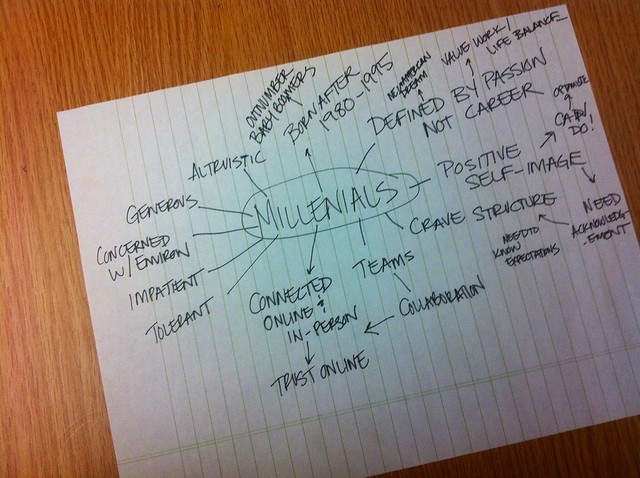Here was the set-up:
Digital Divide Infographic
 Based on this week's reading on the Digital Divide as well as the resources that have been gathered online (See our Diigo Group), you will create an infographic that would be used to explain the Digital Divide to a group of teachers. This could be something that you would post on your blog, or tweet to your followers to help your fellow teachers understand this issue.
Based on this week's reading on the Digital Divide as well as the resources that have been gathered online (See our Diigo Group), you will create an infographic that would be used to explain the Digital Divide to a group of teachers. This could be something that you would post on your blog, or tweet to your followers to help your fellow teachers understand this issue.
There are several Infographic Web 2.0 tools available including:
Piktochart - http://piktochart.com/
Has great built in features to create charts and visuals to explain statistics
Easelly - http://www.easel.ly/
Has some nice templates to chose from for you to create an infographic
Visually http://visual.ly/
Very similar to Easelly and template based
Infogram - http://infogr.am/
Boasts interactive infographics
Guiding Questions
Your infographic does not need to address all of these questions, but that can be used to help guide the focus of your project
1) Who is/isn't connected?
2) What type of technology? Phones, laptops, etc
3) How are they connecting?
4) What attributes matter? (income, education, geography, etc.)
5) Who connects how to what?
6) How sophisticated is the usage?
7) How do we overcome the divide?
Basically you need to address:
What is the Divide?
Why does it matter?
What are some solutions to solve it?
My students produced some incredible Infographics. In particular, I want to highlight this one from Shannon (used with Permission).
I gave my students the opportunity to use any infographic tool that they wanted. However, most gravitated towards Piktochart and I would have to say that the best looking infographics tended to use that tool. There was a definite learning curve for the different tools and in future I would scaffold that a bit more. However, I having students create an Infographic was a great way for me to assess their content knowledge on the subject.


